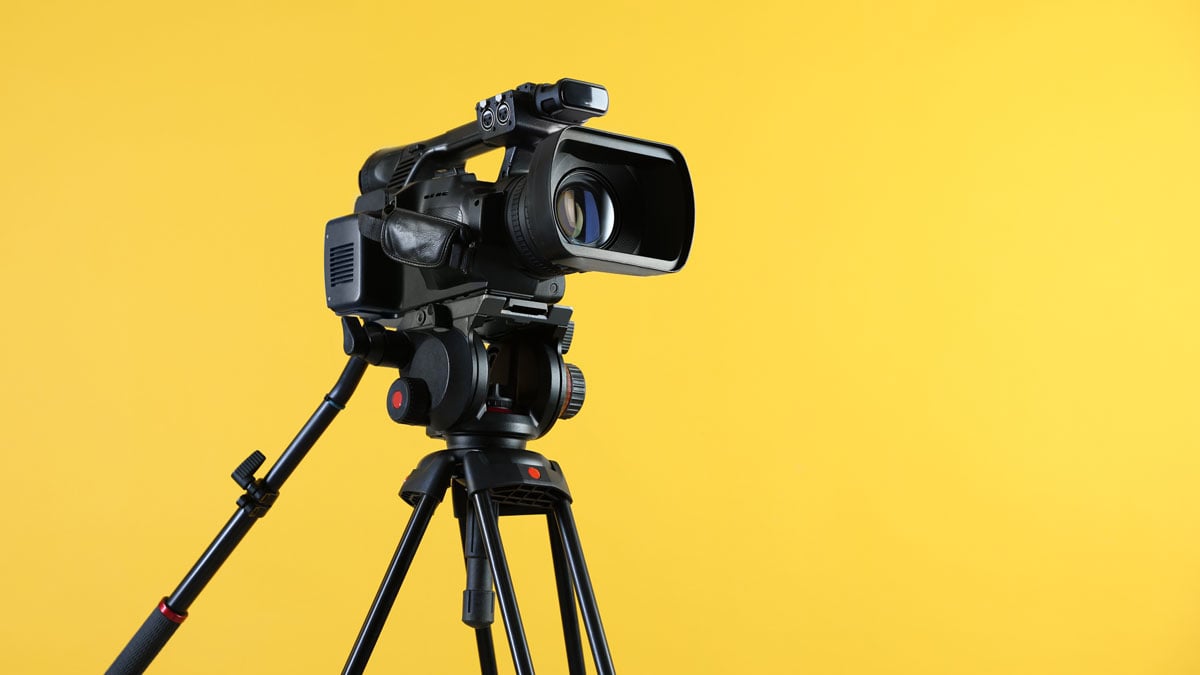Quick Tips to Improve Video Chat Quality

March 17, 2025
 The increasing popularity of video chat conferencing has given people the ability to speak face-to-face, demonstrate on-screen tasks and give presentations—all without spending time and money to travel and meet in person.
The increasing popularity of video chat conferencing has given people the ability to speak face-to-face, demonstrate on-screen tasks and give presentations—all without spending time and money to travel and meet in person.
While nothing will replace meeting face-to-face, video chat can be much more effective for frequent or regular meetings. It can also add a personal element to a traditional phone call. However, video chat is subject to many obstacles. A strong internet connection, equipment that can deliver appropriate video resolution and audio quality, lighting and room acoustics are all variables. However, when the right knowledge is applied, these variables can make video chat an excellent experience.
Setup
It’s safe to say that many people have rather high expectations for their technology. After all, it costs enough, so it should work just how we want it to and at a moment’s notice—right? This kind of attitude leads to problems when people lose sight of the fact that technology is a tool and needs to be operated correctly—it’s not autonomous, regardless of what marketing tends to claim or what people begin to expect.
Taking 10 minutes to set up for a video call can circumvent 30 minutes of troubleshooting and frustration.
Check your video and microphone before you connect.
Is the video showing up as it should? Is it clear or degraded? Is it smooth or glitchy? Does your microphone meter audio? Most programs feature quick and easy ways to make sure you don’t have issues before joining a video chat.
Prepare a quiet, well-lit area.
Aside from technical considerations, if you don’t have a permanent setup for video chatting, look for a quiet and well-lit area. Communicate with others that you will be using the space at a given time and ask politely for minimal interruption. A simple sign in the hallway outside a conference room that says “quiet please, call in progress” can ensure you have a pleasant experience. Discouraging loud conversations and noise has the added benefit of making your business appear more professional.
Audio
The quality of your audio is largely tied to two things: room acoustics and your microphone. Acoustics (the properties or qualities of a room or building that determine how sound is transmitted in it) directly affect how your voice is captured by a microphone. The most expensive conferencing microphone you can buy will still sound bad if your room has an excessive echo or noise.
Control echo in your room.
If you can, avoid large, flat surfaces like empty walls or tabletops. This kind of room reflects sound in many directions, making speech difficult to understand. Use fabric surfaces like furniture, rugs, or drapes to absorb and diffuse the echo in a room. Plants and people are also effective!
Think of two parallel, flat surfaces like a wave pool at a waterpark. With no obstructions, the waves build quickly and with much force. However, with people filling the wave pool, the energy of the waves is limited because of the obstructions.
Sound functions in a very similar way in a room. Do what you can to break it up and move on. If you’re designing a new space or investing in improving an existing room, it is worthwhile to consider professional acoustic dampening products.
Check out this video if you’re interested in learning more about room acoustics.
Speak clearly, towards a purpose-built microphone.
Your microphone is just as important as the room. In general, the microphone should be as close to the speaker as possible and designed for telecommunications.
For one person, simple earphones with a built-in microphone are a large improvement over a built-in computer microphone several feet away from your mouth. A headset with a boom microphone, or a tabletop gooseneck microphone are even better options.
For groups, a boundary microphone can be an excellent solution. Always make an effort to speak with clear enunciation towards the microphone. Speaking loudly away from the microphone will only result in louder, jumbled audio as the reflected audio hits the microphone at varying times. If you don’t know where the microphone is on your computer or phone, try to find it so you don’t unintentionally block it. Utilize a user manual or your favorite “technically-gifted” individual for help.
Lighting
While not as important as audio, proper lighting can significantly improve your video chat presence.
Illuminate your face.
In general, bright light in front of you will always improve image quality. This allows the camera on your device to focus properly and reduces the amount of noise in your video signal. Position yourself near a window for indirect light to fall on your face. Indirect light has a softer, more even appearance than direct light. If no external windows are available, utilize some desk lamps to illuminate your face.
Avoid lights behind you—the camera with automatically darken your face. If the brightest object in your camera view is your face, you’ll look the best.
Pay attention to shadows.
It is best to light your face from a slight angle to give yourself dimension, but watch for heavy shadows—particularly under your eyes. Overhead lighting tends to cause unpleasant shadows under the eyes. You can combat dark eye shadows by placing something white on the tabletop beneath your face to reflect light back up and fill out your eyes.
Your video chat doesn’t have to be a professional production to look good. Try simple things first and evaluate your results. There is always room for improvement and a little effort goes a long way. When the end result is a streamlined, professional video chat appearance, even the smallest efforts are worthwhile.





